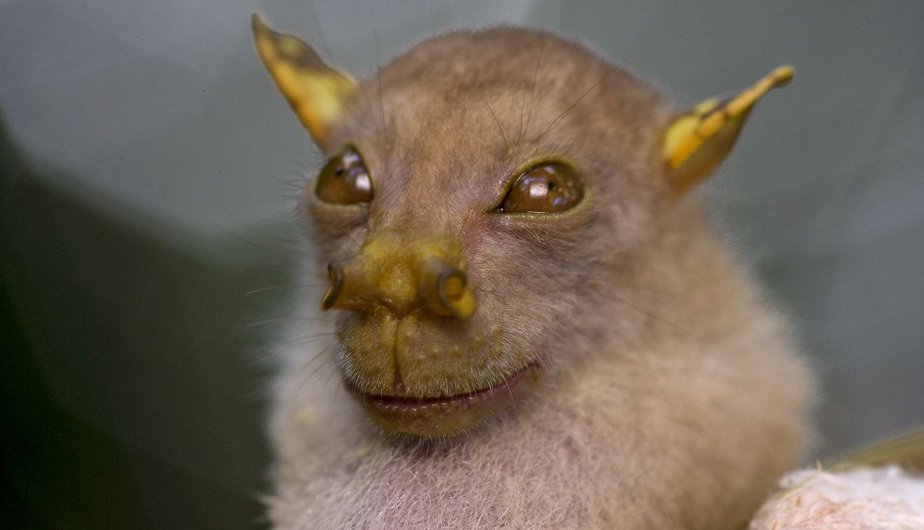The Mistery of yoda Bat
BLOG
Bazzani,
Sanchez,Lozano
science
Yoda Bat
The yoda bat is a discovered and recognized species that adopted its name by the shape of its face since it resembles the yoda master of star wars, discovered in 2009 in Papua New Guinea but has another name hamamas by its mouth from ear to ear In addition to his constant smile.
Taxonomy
:
Reino: Animalia
Edge: Chordata
Class: Mammalia
Order: Chiroptera
Family: Pteropodidae
Genus: Nyctimene
Species (s): N. albiventer
Population:
Across much of the Moluccan and Melanesian regions, small tube-nosed fruit bats of the general ‘albiventer’ form appear common.
Thearts:
All members of the albiventer group are too small to be systematically hunted and their habit of roosting singly through the canopy would makes them. difficult to harvest efficiently.
Reproduction:
The yoda bat is no different from the others in the reproduction, they are divided into groups of females separated from the males and when the mating arrives that is on the hottest days, also taking into account that the most crucial moment for the birth of healthy offspring and save even if each female took care of her young and fed her breast milk for several weeks until they can spread their wings and live on their own but most of the young do not arrive a year, then when are pregrant only have one baby an dew fecundity are with the season.
Measurements:
The iodine bat with its open wings bequeaths
measuring meters and a half in length but does not weigh a kilogram in general
Feeding Habits:The yoda bat is fed according to studies of soft fruits since when they were offered insects they did not receive them makes use of their jaws to extract all the juice from the fruit in addition to eating the pulp of young coconuts.
Depredation:
The predation of these animals has not been reported but it is thought that the mottled pattern of the hairs makes them remain hidden while they are at rest
Fun facts:
1. They are fundamental pollinators
This creature is important in pollination like any other bat, just like with bees and birds, these bats flutter in bloom.
2. are surprisingly loud
This is because of their communication with others of their kind since they emit 140 levels more than a smoker resists.
3. They are extremely intelligent and social
Although with sertesa it is not known how the mursielagos do form groups with strong slabs that they call great satisfaction.

Comentarios
Publicar un comentario